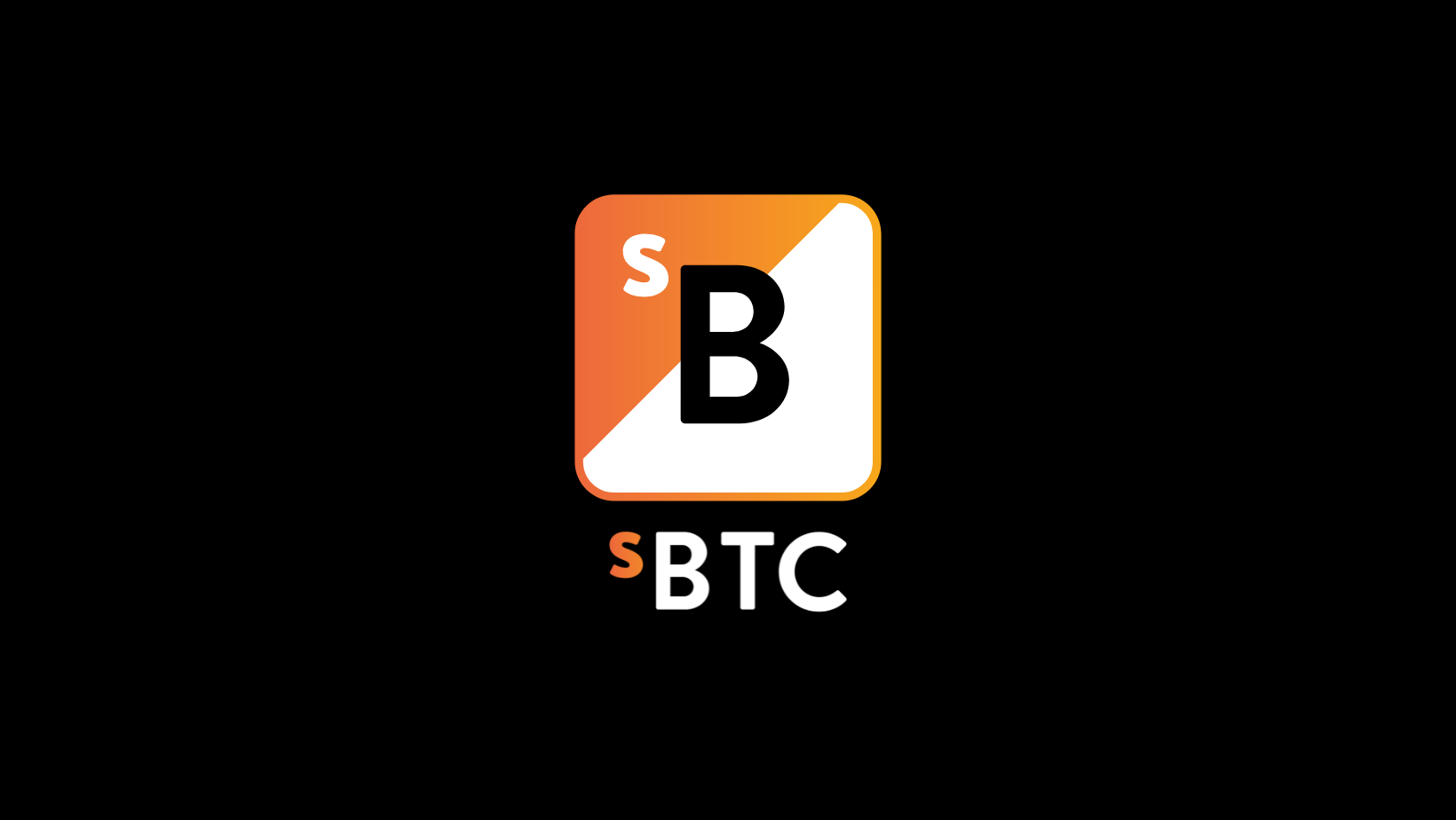Moving forward, I’ll be sharing the weekly sBTC updates here for more ecosystem visibility. This issue first appeared on Bitcoin Writes. You can subscribe here to get these straight to your inbox.
Dear Bitcoiners,
As a follow up to our recent issue on user experience, the sBTC working group has started to define the UX for key ecosystem applications.
Here’s a little alpha leak for you.
sBTC is going to unlock a Bitcoin-native UX when transacting on the Stacks network. This means that Bitcoin will become the primary unit of account for trading NFTs and transacting in DeFi. This is how it would work:

(Thanks to Mark and the Hiro Wallet team for providing this preview)
In this example, the user would log into Gamma and send a Bitcoin transaction to purchase the NFT. Bitcoin is automatically converted to sBTC, which executes a smart contract call and the NFT is delivered to the users Stacks address where it is secured by 100% of Bitcoins hash power.
Our goal is to define the best practices that will reduce friction for Bitcoiners and provide an exceptional user experience. There is still lots of work to be done, but we’re steadily making progress.

![]() Engineering Updates
Engineering Updates
- sBTC Eng Working Group Update
-
 Formed sBTC Workstreams to accommodate the growing sBTC Working Group.
Formed sBTC Workstreams to accommodate the growing sBTC Working Group. -
 Workstream leads own communication with other workstreams and call out risks.
Workstream leads own communication with other workstreams and call out risks. -
 Let Igor know via Discord to be looped into a workstream.
Let Igor know via Discord to be looped into a workstream. - Visit the sBTC Eng Wiki for all relevant resources.
-
- Workstream Updates
- Bitcoin
- Lead: Tycho Contributors: Aki.dlc, Jesse.dlc
- Proposed design for DLCs to hold BTC collateral, that liquidate to sBTC peg script
- Blockchain
- Lead: Mårten Contributors: stjepan, soju-drinker, jacinta
- Risks:
- Commit-reveal design might not fulfill our needs.
- Peg-handoff is not getting enough attention.
- Peg-out request SIP-021 definition potentially needs update.
- Asks from other workstreams:
- Please review commit-reveal design: core-eng PR#236
- Clarity
- Lead: José Contributors: Fernando, Jesus, Marvin
- Scoping remade with insights from the team.
- Contacting stacks core leads for reviews.
- Crypto
- Lead: Joey Contributors: Mike M, Igor
- Completed WTF paper audit. Continuing with FROST code audit.
- Frontend
- Lead: mijoco Contributors: Sergey, Igor
- Finished final touches on deployment for sBTC Bridge Web and API
- Nakamoto
- Lead: Aaron
- Plan is to have a detailed task breakdown by next week.
- Highlights of unknown unknowns.
- Security
- Lead: StacksSec Contributors: Scott
- Stacks Signer
- Lead: Jacinta Ferrant
- Work has just started on project plan
- Bitcoin
- Bitcoin Builder Updates
- @mårten#2709
- Merged stacks PR#3649
- PR out for commit-reveal ops design: core-eng PR#236
- mpj#2095
- Setup arm build matrix for rust continuous integration. This is the first step for building the coordinator in Arm-based device like Android
-
@fjs#4368
- Deployment of sbtc-bridge (web and api)
-
@Jacinta#2534
- WIP core-eng PR#265: btc peg out op fulfillments
- Merged core-eng PR#223 to build and broadcast stacks transactions
- @mårten#2709
![]() Go-To-Market Updates
Go-To-Market Updates
- Kicked off sBTC brand working group (Link)
- Awarded 10 critical bounties to accelerate the growth of sBTC (Link)
![]() Around the Ecosystem
Around the Ecosystem
- Check out my recent Podcast on Unraveling Crypto (Link)
- Tune in next week for the Bitcoin Builders virtual event on 4/19
- Join us in Miami this May for the Bitcoin Builders Conference!





















